13 Nutritious Survival Foods Out There
Have you ever wondered what the most nutritious survival foods out there are? After all, those would be the ones you would want to have if a disaster were to strike and you had to rely on your emergency food supplies. Especially, if you could no longer rely on the grocery store to help meet your family’s daily nutrition needs. You could only survive so long on your stockpile of non-perishable foods, along with a few of your favorite snacks.
Some of the foods I have mentioned below are so nutritious that a grown adult could actually survive eating only them for a fairly long period of time if they absolutely had to. Keep reading to find out what some of the most nutrient-dense foods are and why you should consider storing them as key emergency food items, especially if you ever find yourself caught in the middle of a survival situation.
I have based so much of my storage foods inventory on freeze-dried foods, along with dehydrated items that our family likes. It is important to make sure that your storage foods plan includes foods that your family likes to eat, besides having supplies with a longer shelf life so you don’t have to worry about them going bad.
Long-term storage can mean different things to each of us, and some storage items are one or two years, while others can go five, ten, twenty years, or longer. That’s why I’ve focused on freeze-dried foods, they last longer. The items listed below can be eaten raw, dehydrated, or in many cases, they’ll be freeze-dried options. Hopefully, you won’t have to experience a long-term survival scenario, but it’s wise to plan ahead, just in case.
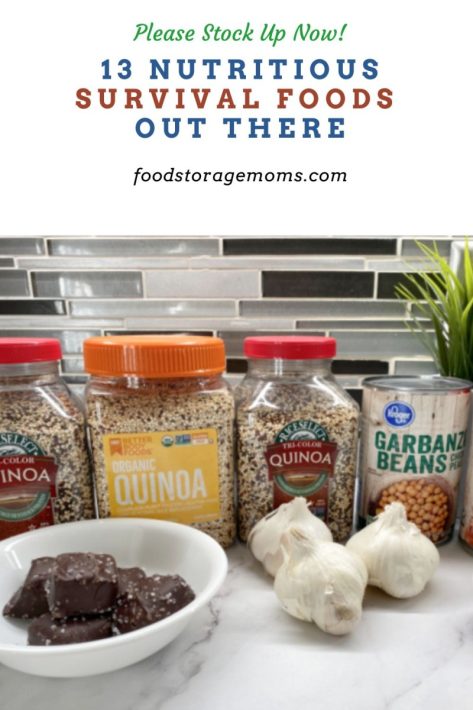
Some Of My Favorite Kitchen Items:
- Danish Whisk
- Can Opener and Large #10 Can Opener
- Electric Can Opener
- Colander (the best one for quinoa and rice)
13 Nutritious Survival Foods
1. Kale
Do you remember when your mother made you sit there until you’d eaten all of your greens? As cruel as it seemed at the time, she knew what she was doing as she promoted eating all kinds of vegetables. Kale is one of those nutrient-dense greens that is considered to be one of the most nutritious of all superfoods, even more so than spinach. There are all kinds of vitamins, minerals, antioxidants, and bioactive compounds present in kale that help support a healthy diet. It is high in iron, calcium, Vitamins A and C, K1, and fiber. It also is thought to have cancer-fighting properties. Kale can be consumed raw or cooked in a variety of ways. Kale: Everything You Need to Know
2. Seaweed
While seaweed doesn’t sound particularly appetizing, it is actually one of the most nutritious superfoods on the planet. It is packed with protein, vitamins, minerals (including calcium and iron), carotene, and even Omega-3 fatty acids. Seaweed also has a high fiber content which can help to improve digestion and lower cholesterol levels. In addition to all of that, seaweed also has anti-inflammatory properties and can help boost your immune system. It can be consumed in its raw form as sushi, or added to soups or salads for an extra nutrient boost.
3. Lentils
One of my favorite and best survival foods for you to stock up on is lentils. These small but mighty legumes pack a punch when it comes to nutrition, containing high amounts of protein, complex carbohydrates, fiber, iron, and B Vitamins. They have a low glycemic index, meaning they can help regulate blood sugar levels, and can also aid in weight loss and lower cholesterol levels. Lentils can easily be added to soups or stews for extra protein, and can even be used as a meat substitute in dishes like tacos or burgers. Lentils: Everything You Need to Know
4. Beans
Like lentils, beans are also a great source of protein and fiber. They have a variety of health benefits, including lowering cholesterol, balancing blood sugar levels, and helping with weight loss. Additionally, they contain high amounts of B Vitamins and minerals like iron, potassium, magnesium, and zinc. Beans can be used in countless dishes from soups to salads to even desserts like brownies or vegan ice cream. The Top Health Benefits of Beans
I especially like beans since they don’t require a lot of food preservation steps when adding them to your long shelf-life inventory food supply items.
5. Garlic
Besides adding an immense wonderful flavor to many of your favorite dishes, garlic is also a potent immune booster and has anti-inflammatory properties. It can lower cholesterol levels and inhibit the growth of harmful bacteria in the body. Garlic is high in vitamin C, B6, manganese, and selenium. It can be eaten raw or cooked in various dishes for added health benefits. How To Plant Garlic Step-By-Step
6. Quinoa
This ancient grain is actually a complete protein source, containing all 9 essential amino acids that our bodies can’t produce on their own. In addition to protein, quinoa is also high in fiber, iron, magnesium, folate, and phosphorus. It can easily be incorporated into salads or used as a substitute for rice or other grains in meals. 20 Delicious Quinoa Recipes
7. Potatoes
Did you ever hear the true story of a man who ate nothing but potatoes for an entire 60 days? Your first thought may have been that he probably gained a bunch of weight due to eating a bunch of carbs, but the opposite was true. He actually lost a decent amount of weight! This is because potatoes are not only high in carbs and fiber, but also protein and a plethora of vitamins and minerals, including iron, potassium, and vitamins C and B. Potatoes are also very filling, meaning that you don’t have to eat a lot to feel full. 6 Easy Ways to Use Dehydrated Potatoes
8. Cantaloupe
This sweet and juicy fruit is a great source of hydration, containing over 90% water. It is also very high in vitamins A and C, potassium, and fiber. Cantaloupe can be eaten as-is or added to salads or smoothies for an extra boost of nutrients. What To Plant In April-Zones 1-10
9. Berries
Berries are not only delicious, but they also contain high levels of antioxidants and vitamins C and K. They can help improve brain function, boost the immune system, and lower blood pressure. Berries make a great addition to any meal or snack and can be eaten fresh or frozen. They also taste amazing when blended into a healthy and delicious smoothie.
Our family loves all kinds of fruits, but berries are some of our favorites. Here are some posts you need to check out:
- Raspberries: Everything You Need to Know
- Blueberries: Everything You Need to Know
- Strawberries: Everything You Need to Know
10. Fish and Shellfish
Seaweed is not the only nutritious survival food that can be found in the ocean. Fish and shellfish are great sources of protein and healthy fats, including Omega-3 fatty acids. They also contain a wide variety of vitamins and minerals like B12, iron, zinc, and selenium. Many types of fish also have high levels of vitamin D, which is crucial for bone health. Be sure to include a variety of fish in your diet for maximum benefits. Beginners Guide to Fishing: 6 Amazing Tips and Tricks
11. Egg Yolks
Eggs have certainly gotten a bad rap in the past due to their high cholesterol content, but recent studies have shown that dietary cholesterol may not be as harmful as previously believed. Egg yolks are actually packed with nutrients like protein, vitamin A, choline (important for brain health), and B Vitamins. They can easily be added to dishes or consumed on their own as a nutrient-dense meal option. How Long Are Eggs Good For?
12. Nuts and Seeds
These little powerhouse snacks contain high amounts of healthy fats, protein, fiber, and various vitamins and minerals, like magnesium, zinc, and iron. Nuts and seeds make a great addition to salads or are eaten by themselves as a satisfying snack. Just be sure to watch your portion sizes as they are high in calories. 6 Eye-opening Reasons To Stock Up On Garden Seeds NOW!
13. Dark Chocolate
Who would have thought that chocolate would actually make the list? But it’s true! Dark chocolate is loaded with iron, fiber, copper, magnesium, and manganese, making it one of the most nutritious foods that you can possibly eat. As long as you don’t eat too much of it, that is. This sweet treat also contains a surprisingly high amount of antioxidants, even more so than blueberries and acai berries! Is Dark Chocolate Healthy For You?
With all of these combined, dark chocolate provides several amazing health benefits that you may not know about. While you may have heard that dark chocolate is good for your heart and promotes good blood flow, it’s also suggested to help improve brain function, lower blood pressure, and reduce oxidized LDL cholesterol.
Other Great Foods
For various reasons, some of the foods listed above may not fit your family’s food storage plans. Family members may have allergies to certain foods, or challenges like my husband Mark’s digestive issues with garlic. Here are some other foods you should consider adding to your food storage plans:
- Wheat – raw wheat or varieties of flour – note that I don’t plan to store my flour for more than a year at a time.
- Pasta
- White rice
- Brown rice – be careful since it has a shorter shelf life.
- Corn, Peas, Carrots, or other veggies
- Canned meats like chicken and beef – the price for freeze-dried meat of all kinds have skyrocketed this year.
- Other grains like oats
- Apricots and other fruits – buy in season and then plan to can them – commercially prepared canned fruits and veggies are great since they are vacuum-sealed for your protection.
- Raisins
- Peanut butter
Final Word
While some of these foods may not seem like the most exciting of options for some of you, they are all nutrient-dense and can provide the necessary sustenance for survival. Be sure to check expiration dates on items so you get the best shelf life possible.
I try not to prepare my storage items using oxygen absorbers. I haven’t had the best of luck since they have to be packed with your food product very quickly after being removed from their package.
I store a bunch of items in 5-gallon storage buckets that are food safe. I always use gamma lids for that tight seal you need.
Stock up on the most nutritious survival foods just in case of a crisis, or just incorporate them into your daily diet for added health benefits. Your body will thank you! May God Bless this world, Linda

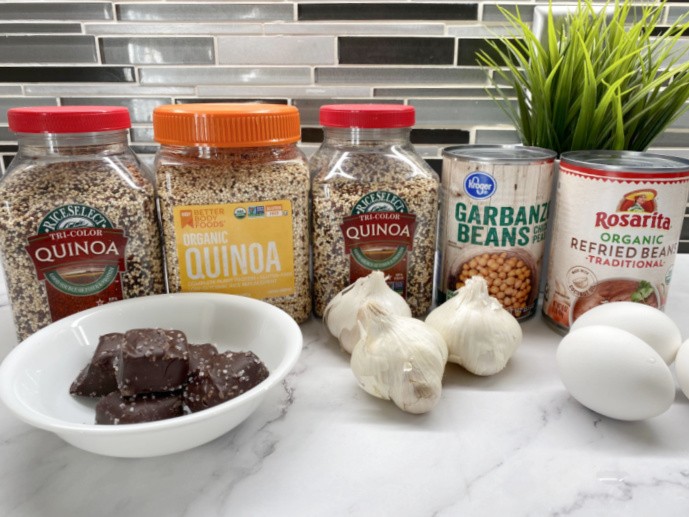

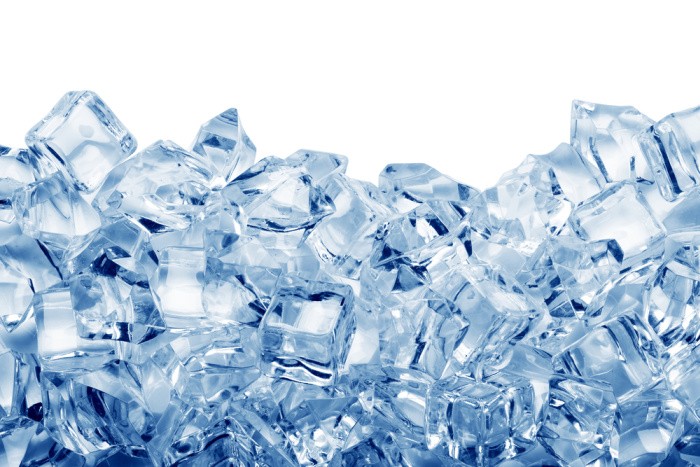
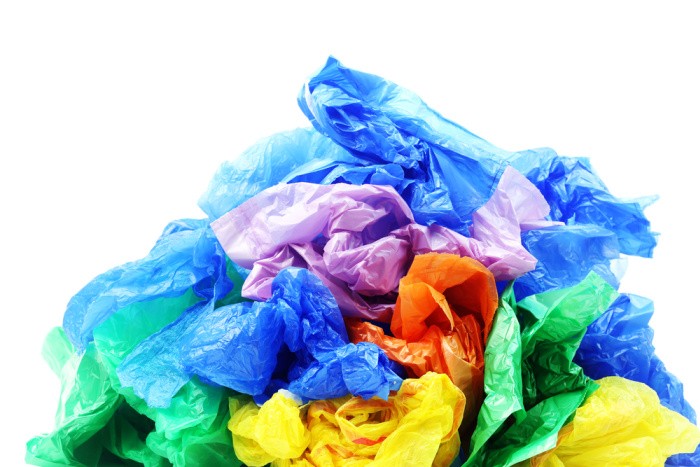
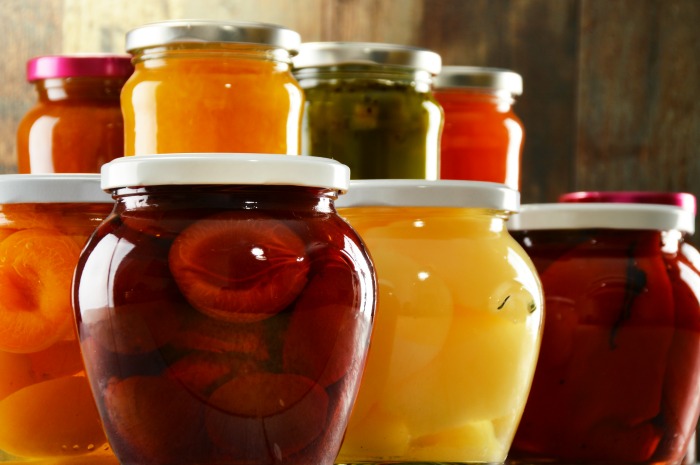
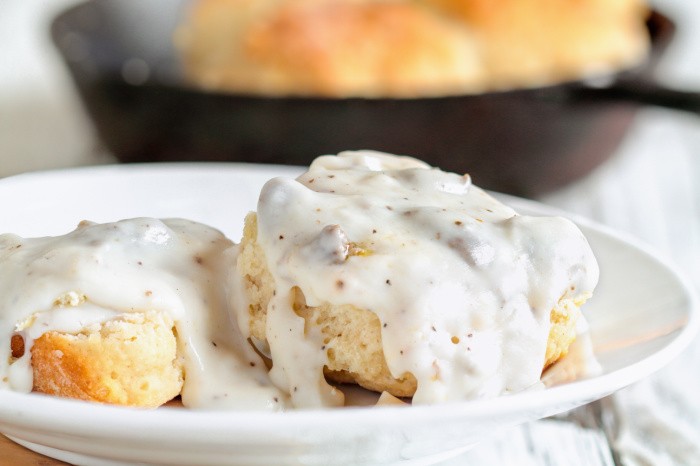
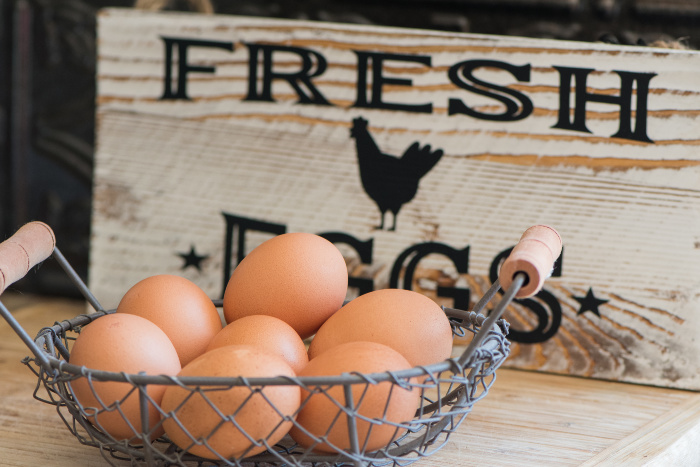















Kale
That’s what I use to bait in real food
Matt,
Do you mean real food is actually attracted to that stuff???? LOL!!!
Yes they usually investigate it to find out who put it out so they can plot to remove those bad humans lol
Hi Matt, I can’t stop laughing, oh my gosh, this is the best. Linda
HI Harry, you are so funny! You and Matt, the kale!! LOL! Oh my gosh, I have the giggles now! Linda
Linda,
Well, I have heard that if you add a little olive oil to the pan with the kale in it, that it makes it easier to scrape off into the trash. LOL!! Personally, I would be concerned about anyone who tells me they like the taste of kale. I can’t stand it. Perhaps mixing it 50-50 with garlic might help. ROFL!!! Have a good weekend.
Hi Harry, oh my gosh, this is the best! I have tried juicing kale and cooked kale, and I had to toss it. I know I’m wasting it, but I was gagging. Some of my family members love it. It must be an acquired taste! LOL! Now every time we see kale we will all laugh. Have a great weekend! Linda
Hi Matt, I just give the facts, LOL! I hate Kale!!! Fish bait, that’s the best! Linda
We store grains and beans, have eaten chickweed. We try to stay with what is local, so we could get it in an emergency. Of course I have my canning. I tried the canned squash I put up, put a little pumpkin pie spice and maple syrup on it when I heated it up. It was delicious.
Hi Janet, oh my gosh, that sounds yummy! I have never canned pumpkin, my mom did but only for pies. Thank goodness for local Farmers. Linda
My daughter dehydrates kale (only the young leaves) then powders it to add to soups, stews, casseroles. Cannot even taste it.
Harry in Texas – the combination of kale to garlic needs to be more like 20-80!!
I am allergic to shellfish and my allergist says to stay away from all seafood – fish and shellfish. So no go for me.
Something I have done before with quinoa – cook it until tender and pretty dry. Cool completely. I was making zucchini fritters one day and had the cooked quinoa. I used it as a binder instead of flour.
My recipe is as follows: 1 medium grated zucchini; 1 beaten egg; grated parmesan cheese or other cheese as desired; cooked quinoa. I don’t measure so… Mix all together until it holds together. It should be pretty thick. In a heated skillet, add a few tablespoons of cooking oil. Place zucchini mixture in heaping spoonfuls. Flatten slightly and cook for a few minutes or until nicely browned. Flip and cook until well browned on the other side. They should be crispy on the outside and slightly moist but “done” on the inside. I like to dip these in ranch dressing. I didn’t try freezing them but I don’t see why that wouldn’t work – then reheat in the oven? or low skillet? or in your air fryer?
Hi Leanne, oh that quinoa sounds good in the zucchini fritters, thank you! I’m going to make those. Yummy! Linda
Linda I have a big problem I need some help I have tons of dried beans in # 10 cans and I wanted to pressure can them but they never get done they are hard is there any way to use these beans I’m just disheartened about this if any one knows how to get them soft to be able to can I would appreciate it so much
Thanks Debbie
Hi Debbie, someone talked about their beans old or new and they are always okay after her technique. Let me see if I can find it. I just always use my pressure cooker. Let me see. Linda
Debbie, this was posted by Charlotte French, I cook my pintos on the stovetop. I wash them two or three times in warm water until the water remains clear. Cover the beans with water, two to three inches; heat till they boil and boil for 15 minutes. I shut off the fire and cover them for one hour; put the fire back under them till they reach a simmer. My beans cook for no longer than two hours, and they are ready, new beans or old.
It’s worth a try, Debbie, Linda
So…. my favorite treat, dark chocolate covered raisins are healthy…..wait till I tell my doctor!!! ……lol
Hi Chris, now we’re talking dark chocolate with raisins!! Mine is dark chocolate-covered caramel candy! LOL! Linda
Thank you I’ll try this method!